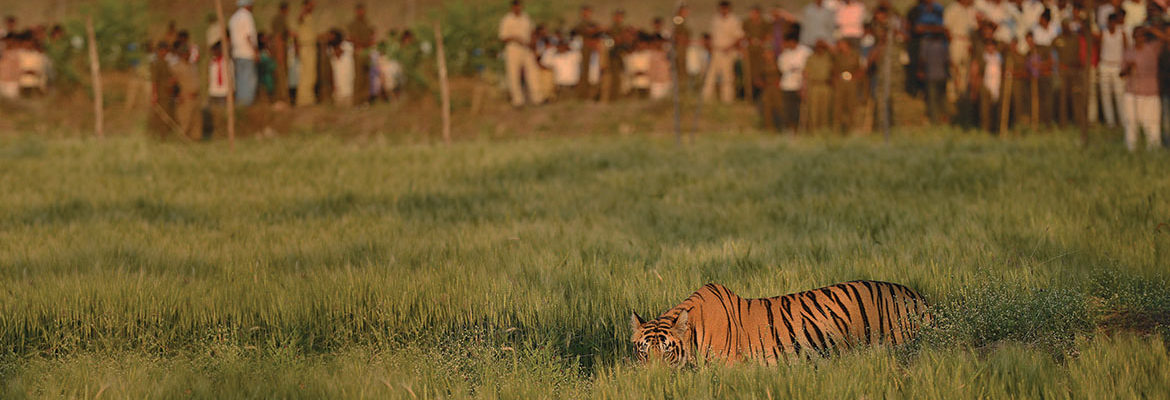When humans and wildlife live alongside each other, there is bound to be some interaction. Often, humans perceive such interactions as conflict, endangering the lives of both people and wildlife. WCT works closely with state forest departments to mitigate conflict and minimise losses on either side. WCT’s Human-Wildlife Interface Management (HWIM) division trains forest staff in reducing damage during conflict situations and assists the Forest Department in devising long-term solutions.
WCT has developed a human-tiger interface prediction module using spatial and temporal characteristics of previous interactions. This is used to assist State Forest Departments in predicting potentially sensitive situations for the future.
In addition, WCT’s veterinarians assist the Forest Departments in the following:
- Tracking tigers living close to human settlements
- Tranquilizing large carnivores
- Monitoring radio-collared tigers and leopards
- Conducting post-mortems of deceased wildlife to ascertain the cause of death

WCT’s wildlife veterinarian collaring a tiger. (Photo by Yashpal Rathore)
Large carnivores, when in proximity of human dominated landscapes, attract considerable attention because of the perceived threat to human life. This often leads to removal of animals by the forest department or persecution of animals by local communities. WCT’s interventions under the HWIM project provide technical assistance to the forest department to understand and manage conflict on the ground and propose solutions which are favourable to both people and animals.
Dr. Prashant Deshmukh
Veterinarian
Satellite Telemetry for Rehabilitation of Tigers and Leopards in Madhya Pradesh
The HWIM division provides technical assistance to the Madhya Pradesh Forest Department in the management of human-tiger interactions and rehabilitation of rescued tigers. Crucial management interventions with respect to tigers and leopards in the process of rehabilitation are based on analysis of fine scale data across space and time, received from the satellite collars. WCT scientists assess and interpret the GPS locations of the animal, and share these locations with the Forest Department, which then attempts to locate the tiger on the ground.
The data enables managers and scientists to anticipate and plan interventions and increase the chances of stabilisation of an animal in its new environment.
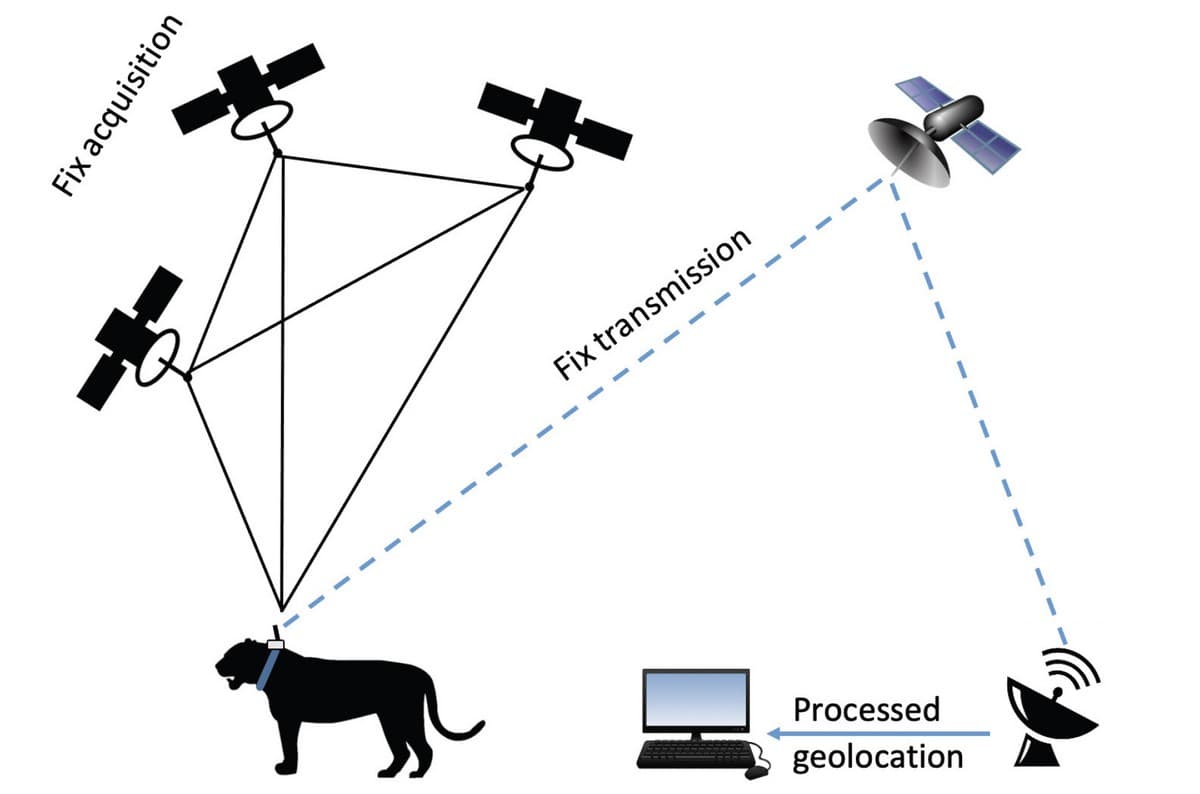
A schematic diagram explaining the process of GPS fix acquisition and transmission to the end user
Human Death Investigation
In forests outside India’s Protected Area network, loss of human life or livestock due to tiger attacks changes the perception of local communities towards tiger conservation, often leading to a demand for removal of the tiger. Throughout the Central Indian Landscape, an average of 60 people die annually because of tiger attacks. WCT regularly receives requests from the forest department to help identify the problem tiger from several individuals that may be using the same area.
Since 2015, WCT has assisted the Maharashtra and Madhya Pradesh Forest Departments in investigating 30 human casualties, and suggested corrective measures to diffuse the tension between local communities and the Forest Department.
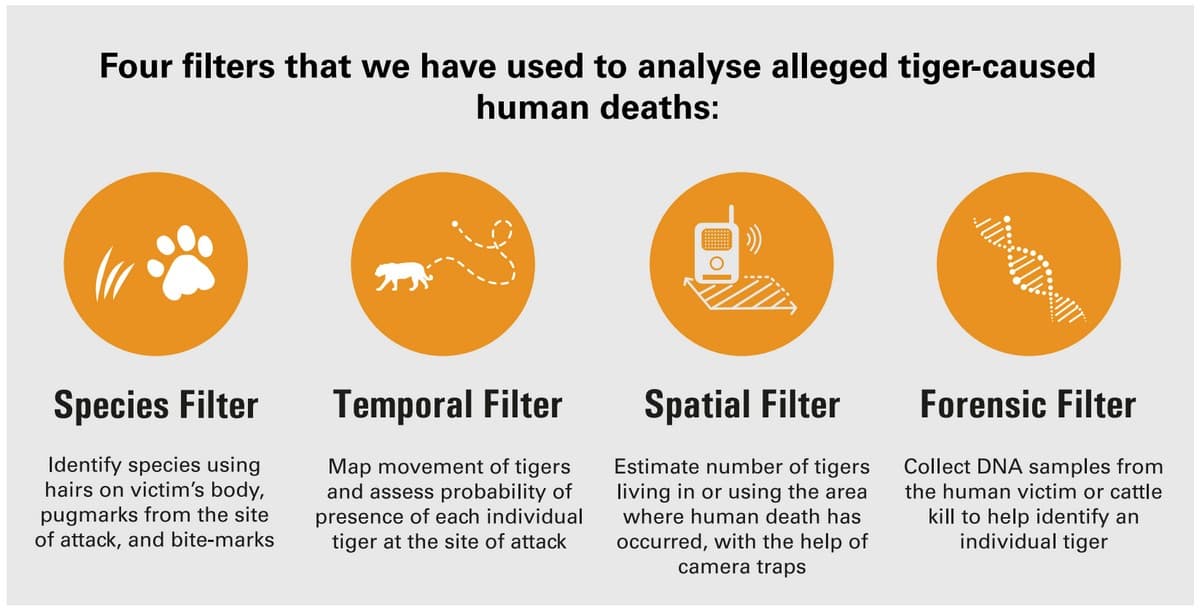
Wildlife-Livestock Disease Interface Management
The proximity between humans, domestic animals, and wildlife increases the chances of disease spill-over, both from wildlife to domestic animals and vice versa. This could trigger the emergence and re-emergence of infectious diseases, and create a potential risk of extinction for wildlife populations.
Several tiger reserves in India are inhabited by agrarian communities that maintain large herds of livestock. This livestock, comprising cows, buffaloes, and goats, graze in forest areas, and on the same forest resources that are used by wild ungulates. The livestock herds are known to be carriers of many infectious disease-causing pathogens such as the Foot and Mouth Disease Virus, the Peste des petits ruminants virus, and Tuberculosis.
WCT has developed a project that assesses prevalence of infectious pathogens and herd immunity in livestock, and the effect of interactions between livestock and wild herbivores on disease prevalence.
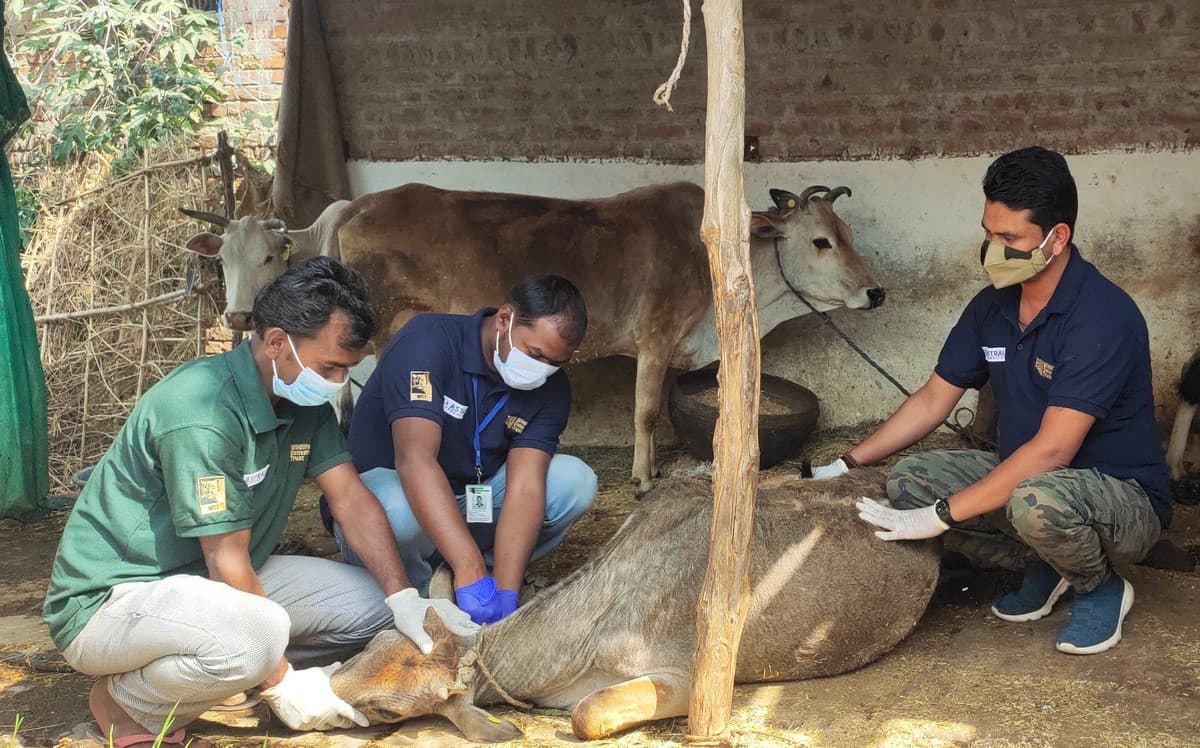
Collection of blood sample for bovine tuberculosis (bTB) surveillance project
The information gathered through this project enables us to lobby State Forest Departments to include a systematic disease surveillance mechanism in park management practices; build capacity of park veterinarians and enable access to surveillance labs; and promote research on ecology of diseases in free ranging wildlife.

Processing of livestock blood samples in a laboratory
Currently, the project is being executed in collaboration with the Madhya Pradesh Forest Department and with active participation of the Madhya Pradesh Animal Husbandry Department as well as the Project Directorate of Foot and Mouth Disease, Indian Veterinary Research Institute (IVRI), Mukteshwar.
Diffusing Conflict
Specially Designed Rescue Vehicles
WCT donates specially modified 4WD vehicles to parks to help officials rescue wild animals that have strayed into human habitation. Specially designed injury-proof carnivore trap cages have also been provided to over 20 Protected Areas.
Workshops on Firearm Maintenance
WCT collaborates with local NGOs to carry out periodic maintenance of firearms given to forest staff in various parks. Although forest officials have firearms to use in life-threatening situations, they are not taught how to maintain them. This leads to rust developing on the inside of the firearms, increasing the chances of them malfunctioning during an emergency.
Technological Solutions
WCT has helped design thermal imaging equipment called an e-Rescuer that helps forest officials detect wild animals during the night or in foggy conditions. Staff can use the device to track animals and plan their rescue operations, minimising the risk of injury to themselves.
Rapid Response Units
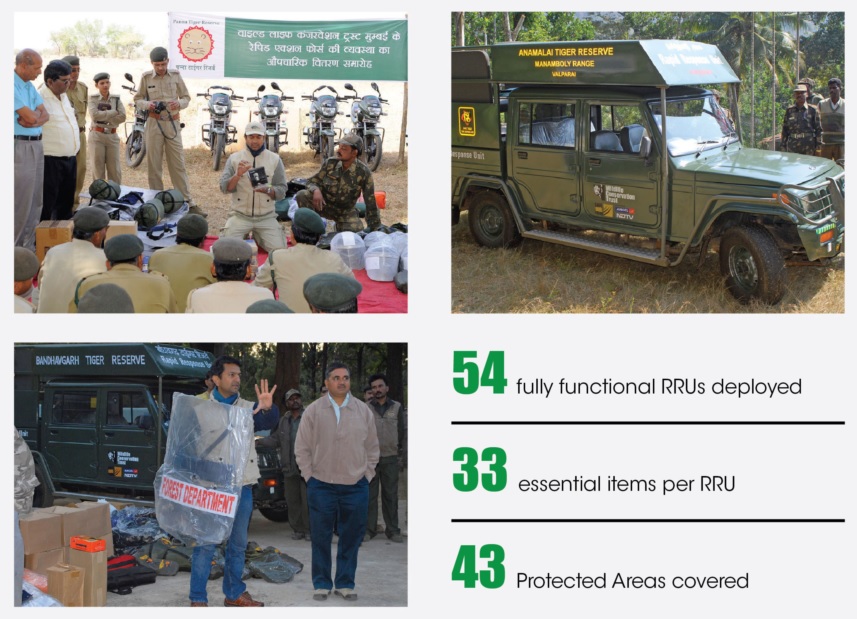
To help tackle human-animal conflict, WCT has designed and donated Rapid Response Units (RRUs) to forest departments across India. Each RRU consists of a specially-modified 4WD vehicle, three motorcycles, injury-proof carnivore trap cage, blow-pipe, stretcher, GPS, digital camera, sleeping bags, torches, and several other items needed during an emergency.
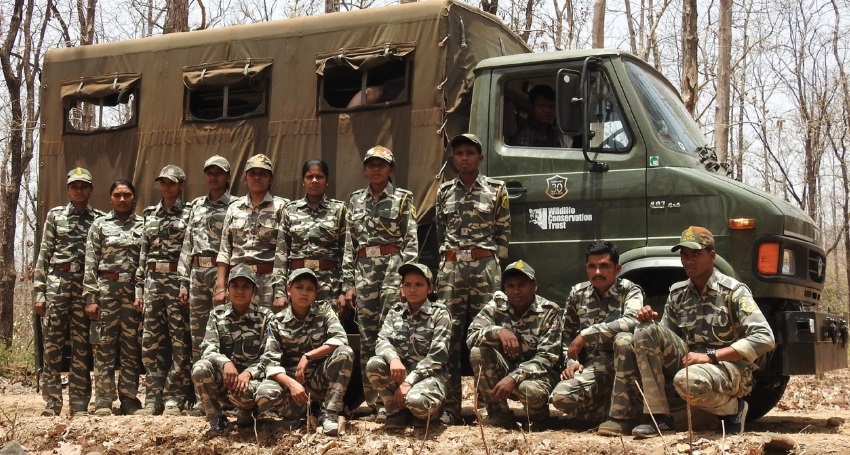
Detailed list of items included in RRU

Your donations support our on-ground operations, helping us meet our conservation goals.
Related Links
- Reinforcing Protection
- World Wildlife Day 2019 – Life below water
- One Health
- Conservation Strategy
- 22 amazing tiger facts – LetsTalkTigers
Header image © Nikhil Tamberkar

